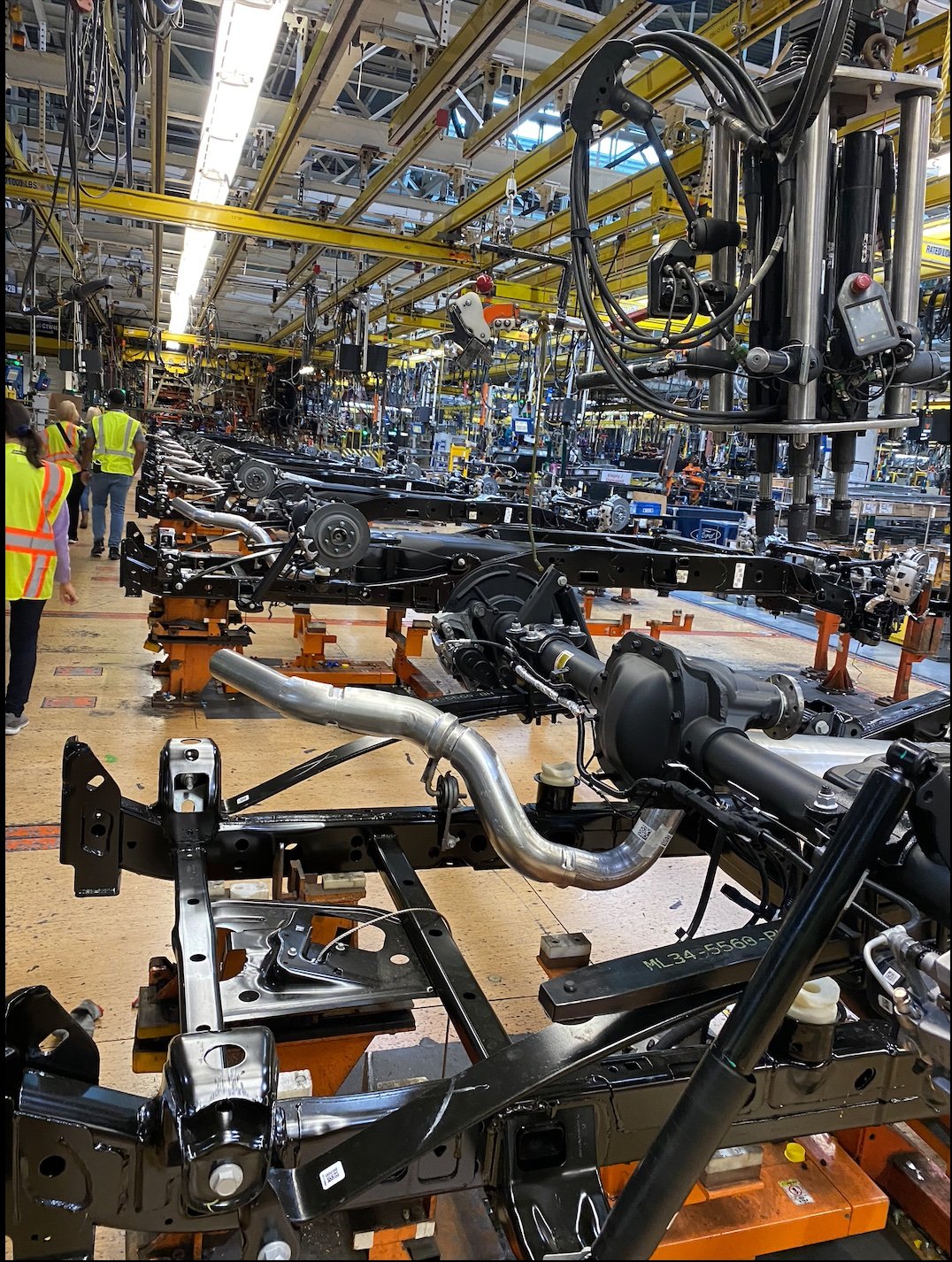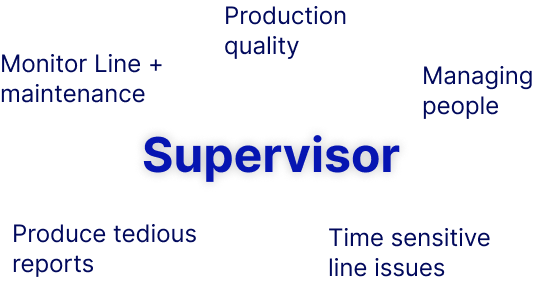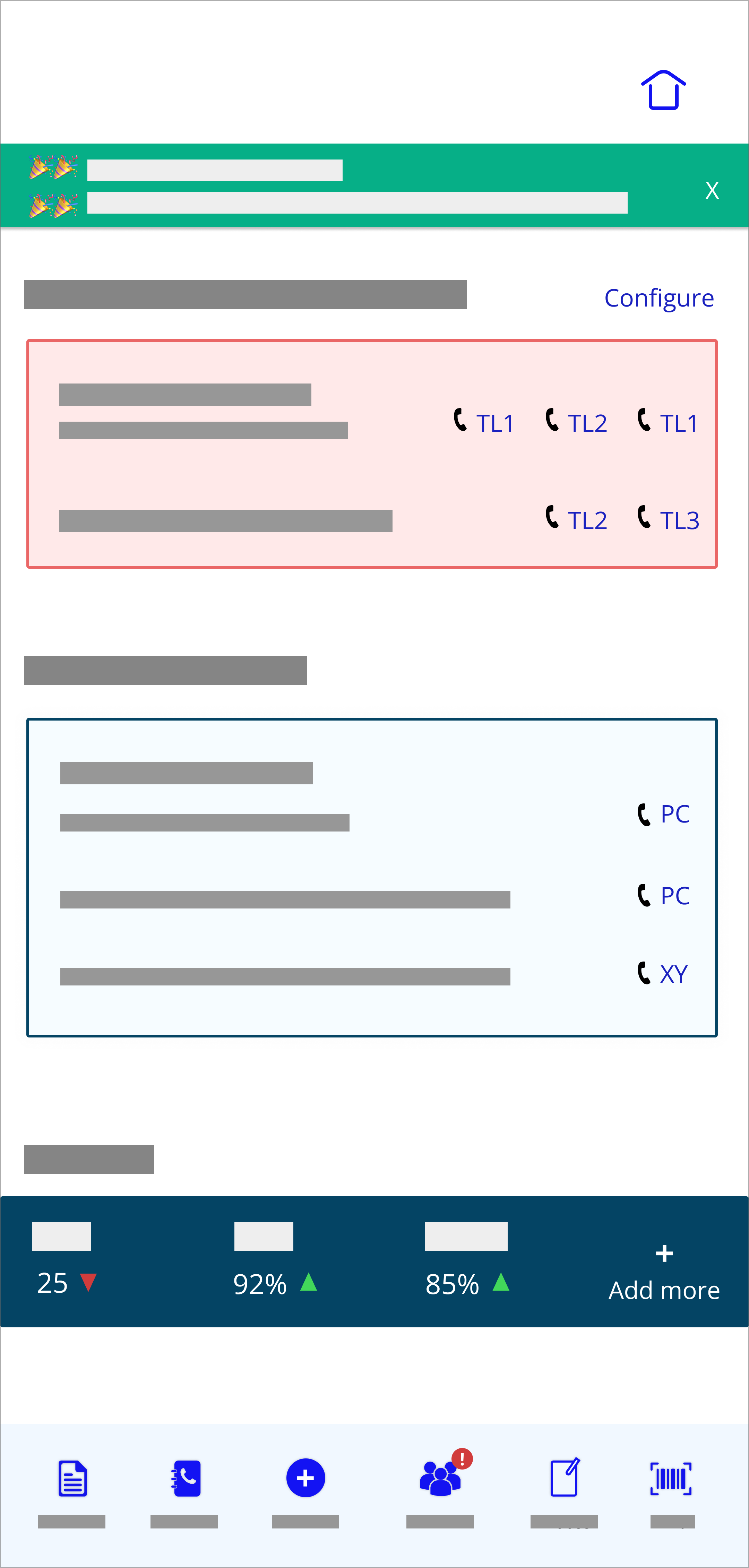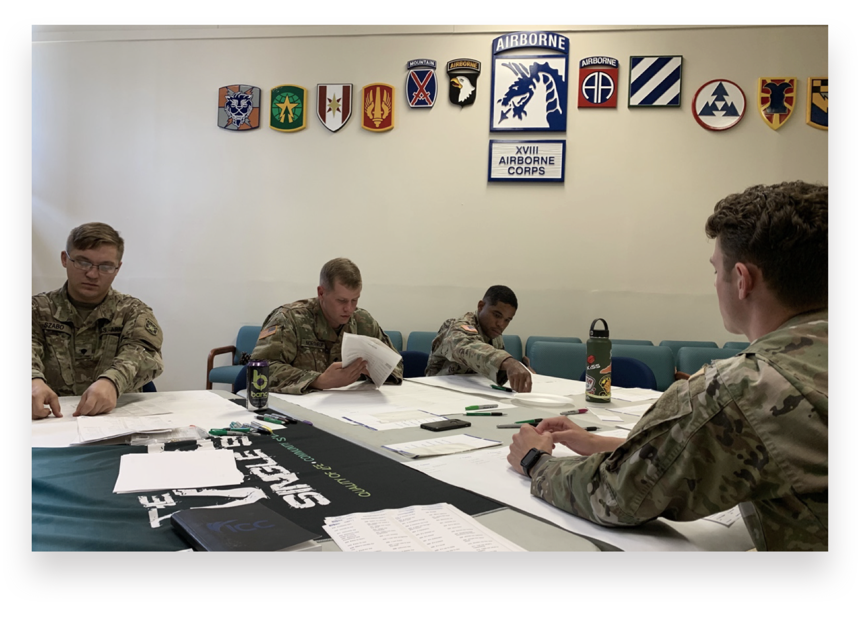designing for the plant floor workers
Generative Research & Product Design
Business Need
Our team was tasked to take a human-centered approach to:
- Discover the problems Ford’s plant floor workers were facing.
- Design solutions for the identified problems, leading to a boost in vehicle production quality and speed.
Our UX Goals & Challenges
Based on the preliminary insights we had and standing by UX principles, we established our UX Goals:
- Identify and mitigate the challenges factory workers and their supervisors face.
- Make their voices heard and evangelize other teams within our organization to address their unmet needs.
- Empower the workers to help boost vehicle production quality and speed.
- Make their work enjoyable and rewarding.
Being a novel team tasked to lead HCD innovation in an otherwise engineering-driven manufacturing division, our challenge was to evangelize Design Thinking while battling resistance from business and development heads who were opposed to change.
- Research spanned over 1 year
- 6 Ford manufacturing plants visited
- 40+ users interviewed
- 10 features, 25+ screens designed
- HCD Supervisor(my boss)
- Project Lead|Researcher|UX Strategy (me)
- 1 UX Designer
- 1 Visual Designer
- Lead Research & Product Design
- Drawing key insights
- Designed the product features
- Delegating with IT and Business teams
- Presenting to stakeholders.
Research
Over the course of a year, we visited 6 Ford manufacturing plants across the US to understand the lives of factory floor workers, and their supervisors.
I devised the following key research objectives for myself and our research team:
- How the workers use technology while assembling vehicles
- The information they need to do their job
- How crucial information and urgent issues are circulated amongst them
- The lack of agency, hindering them from being more effective and confident in their work
- What are the emotional and cognitive highs and lows during their work day
Our team and I at one of the Ford plants
Walking down the Production Line.
Discovery
Our research led to some paradigm-shifting insights around the lack of agency, information access, awareness of urgent issues, and lack of prioritization, all impeding the effectiveness of the workers and their supervisors.
Our efforts in bringing light on the discovered opportunity areas led to designing multiple solutions addressing the problems.
My contribution particularly was instrumental in discovering the challenges faced by the supervisors, who manage several of the plant floor workers and we later learned that they were facing severe burn-out caused by the workload and other stressors.
Research methods I used:
-Contextual Inquiries
-Focus groups
-Co-designing workshops
-Affinity mapping
-Usability studies
- Ensuring the production line starts without any issues
- Fill missing spots on the production line
- Overburdened with many responsibilities on the run
- Lack of awareness of urgent and ongoing issues
- Vehicle and issues information is not accessible /insightful at first go
- Solely responsible for managing 50+ workers they don’t personally know
Solutions
Of the multiple solutions addressing problems discovered, I led the effort stream for the Supervisors.
A mobile app that brings the most crucial information and agency Supervisors need at their fingertips.
• Enhances agency and information access
• Alerts them of the most pressing issues
• Awareness of the people and their problems
Designing the Mobile App
- I designed 7 unique product features, all-encompassing into a mobile app, addressing the key user needs we determined.
- Conducted workshops with the target users to ensure the design is meeting our goals
- I later met other stakeholders who would be involved in developing the product or would be letting us use the infrastructure we needed to build the product.
- This led to several design revisions needed to accommodate both infrastructure-centric and political constraints as building this product needed looking at information and interactions in a way the Manufacturing organization had not looked before.
Design Principles
I devised the following design principles to help guide our design while staying true to the user needs.
• Cannot be a chore, or come in their way of doing their work
• Error-free and NO false positives
• Easy to use with gloves on
• Minimal learning curve
An early prototype mockup
My Role as the Project Lead - Design
UX Lead (me)
-Lead a team of a UX Designer and a Visual Designer to expand the design concepts into a complete app design
-Drive the UX Vision for the app
-Help the team empathize with user needs and constraints
-Help them understand the design and UX requirements for the app
-Provide them feedback and assistance where needed
My Role as the Project Lead - Development
-Talking to SMEs to understand the existing infrastructure
-Delegating negotiations with other teams for lending us the infrastructure needed to build our mobile app
-Handing off finalized design features and screens to developers in agile sprints
-Helping them understand the design and translate it into code
-Finding workarounds for features that may not be developed due to infrastructure or other constraints
Reflection
Launching new solutions in a large organization with established practices and limited infrastructure is challenging. Even more when you are battling age-old practices and belief systems held by the teams you are working with or competing against. It requires conducting mutually beneficial negotiations with other teams, a thorough understanding of the underlying technologies and infrastructures, constant pivots, the ability to handle multiple changes to the intended design, etc.
This project also presented me an opportunity to officially lead a team of designers, and be an effective leader of the vision, delegator of the tasks, and a guide to the team when needed.






